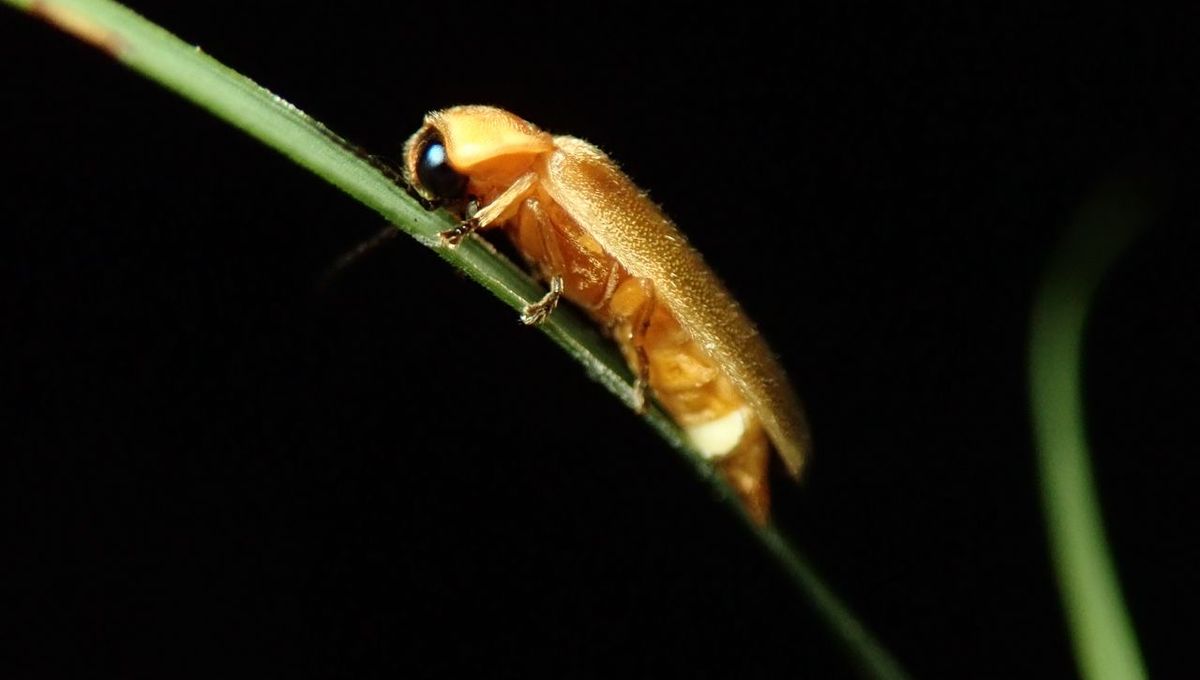
Outside of entomology circles, bugs aren’t generally known as a romantic or particularly charming kind of animal. There are exceptions, however: fireflies, with their eerily beautiful glow, have long captured imaginations the world over, appearing in legends and lore from as far afield as Japan, Italy, and Miranda.
But as beloved as they are, their survival is ever more precarious. The International Union for Conservation of Nature (IUCN) announced this week that four species of Southeast Asian fireflies have now entered the Organization’s famous Red List – and all of them meet the criteria to be considered Vulnerable.
It’s symptomatic of what seems to be a particularly bleak outlook for the beetles. “Only 1 percent of the total known species in Southeast Asia have been assessed, but alarmingly, all of them are at risk of extinction in the near future,” warned Wan Faridah Akmal Jusoh, IUCN SSC Firefly Specialist Group Co-chair and Senior Lecturer at Monash University Malaysia.
“This should serve as a wake-up call,” she said in a statement seen by IFLScience. “We need to continue assessing the remaining firefly species in order to better plan for their conservation.”
Now joining some of the Red List’s most vulnerable animals are four species from the genus Pteroptyx – specifically, the comtesse’s firefly (Pteroptyx bearni), the synchronous bent-wing firefly (Pteroptyx malaccae), the perfect synchronous flashing firefly (Pteroptyx tener), and the non-synchronous bent-winged firefly (Pteroptyx valida). More commonly known as “congregating fireflies”, this genus is known for their spectacular group-formation light shows, illuminating trees and mangroves in giant, synchronized swarms.
But Pteroptyx aren’t the only ones facing a less-than-bright future. Recent studies have noted declining numbers of the luminous beetles across the planet, with populations decreasing in Europe and many in North America reaching Endangered or even Critically Endangered status.
The problem may be widespread, but the culprits are the same: as humans expand their living and agricultural boundaries, the fireflies’ habitats are destroyed; increased levels of artificial light interfere with the bugs’ ability to send out and receive courtship signals – those lights in their butts aren’t just for our benefit, you know – plus a good old dollop of climate change to boot.
In a particularly grim twist of irony, even efforts to counteract these issues can harm firefly populations: “Human environmental management aimed at addressing climate change, such as constructing embankments to prevent flooding and saltwater intrusion, can also impact fireflies,” explained Anchana Thancharoen, IUCN SSC Firefly Specialist Group’s Regional Coordinator for Southeast Asia. “While we might solve some problems, we may inadvertently create new ones for other organisms in nature.”
It is, to say the least, an uphill battle for the little glow-worms. But with the announcement of their vulnerable status, the IUCN has also made some recommendations for how to slow the species’ loss. For instance, “designating protection zones to control development within the firefly habitat would assist in striking a balance between nature conservation and anthropogenic developments,” said Nada Badruddin, IUCN SSC Firefly Specialist for Malaysia and Senior Entomologist at Forest Research Institute Malaysia, “while rehabilitating firefly habitats by prioritizing first the least degraded areas, would maximize cost effectiveness.”
Citizen scientists could aid conservation by recording and reporting sightings of the insects, the organization suggested, while entomo-tourist activities – that is, exploiting the fireflies for tourism – should be geared towards sustainability. It will take the collaboration of everybody from local communities to national governments, Badruddin said – but the advantages are self-evident. After all, you can’t have a firefly tourism industry with no fireflies.
And besides, we kind of owe it to the little guys. “All threats to Pteroptyx fireflies stem from human activities,” Thancharoen pointed out, “[so] we must manage these threats to conserve the species.”
Source Link: Four New Species Of Firefly Added To IUCN Red List – And They're All In Danger Of Extinction